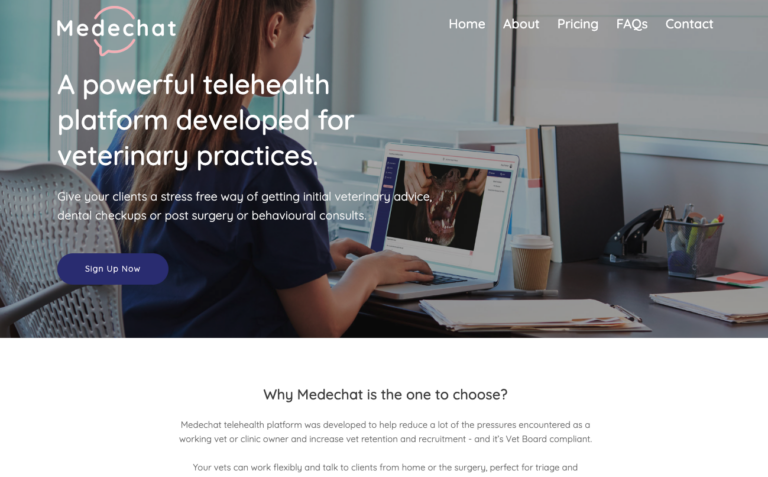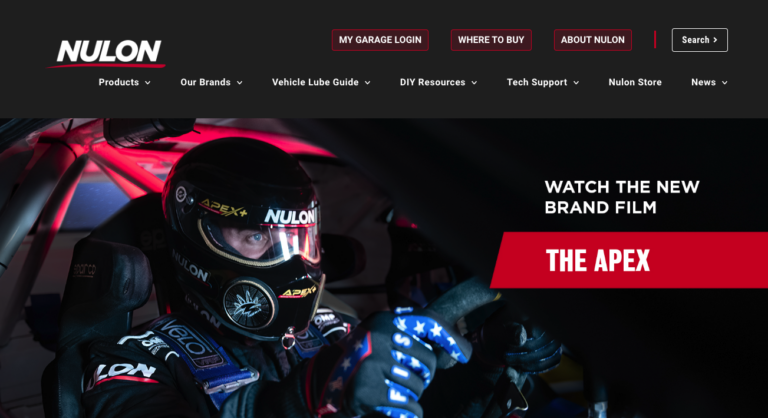Home Our Diverse Range of Tech Stack Wagtail Website Development
Unlock your website's potential: Wagtail CMS Development
Wagtail CMS is a free, open-source content management system (CMS) written in Python and built on the Django web framework. It is designed to be easy to use and flexible, with a focus on creating beautiful, interactive websites and digital experiences.
Transform Your Website with Wagtail CMS
What is Wagtail CMS
Wagtail CMS was created in 2014 by developers at the digital agency Torchbox, which is based in the United Kingdom. The developers wanted to create a CMS that would meet the specific needs of their clients, who required a CMS that was easy to use, flexible, and had a strong focus on content.
The developers chose to build Wagtail CMS on the Django web framework because of its robustness, security, and scalability. They also leveraged other open-source libraries such as jQuery, Backbone.js, and Bootstrap to create a modern and user-friendly interface.
The first public release of Wagtail CMS was in September 2014, and it quickly gained popularity among developers and content editors. It has since been adopted by many organisations around the world and has become one of the most popular open-source CMS platforms for Django.
Wagtail CMS has undergone many updates and improvements over the years, with a strong focus on improving performance, security, and user experience. Today, it continues to be actively maintained and developed by a large community of contributors.
The benefits of using wagtail as your CMS
- User-friendly interface: Wagtail CMS provides a modern, intuitive, and easy-to-use interface for content editors. It offers a drag-and-drop interface, rich text editing, and support for multimedia content, making it easy to create and manage content on your website.
- Flexibility and customisation: Wagtail CMS is highly customisable and flexible, allowing developers to easily create custom functionality and integrations with other systems. This means that you can tailor the CMS to fit the specific needs of your website or digital experience.
- Security: Wagtail CMS is built on the secure and stable Django web framework, which provides strong security features such as protection against common web vulnerabilities like cross-site scripting (XSS) and SQL injection attacks.
- Performance: Wagtail CMS is optimised for performance, with features such as caching, lazy loading, and optimised image processing to ensure fast load times and a smooth user experience.
- Community support: Wagtail CMS has a large and active community of developers who contribute to the project, provide support, and create additional functionality through third-party packages. This means that you can easily find help and resources if you need them.
- Cost-effective: Wagtail CMS is free and open source, which means that there are no licensing fees or subscription costs. This makes it a cost-effective option for businesses and organisations of all sizes.
How widely used is Wagtail on the internet?
While it is difficult to obtain precise usage data on Wagtail CMS, there are several indicators that suggest a rise in its popularity as a content management system.
Firstly, the number of stars and forks on the official Wagtail CMS repository on GitHub has been steadily increasing over the years, indicating an increasing number of developers interested in and contributing to the project.
Secondly, the Wagtail CMS community has been growing, with more and more developers joining the community, contributing to the project, and providing support to other users through forums, documentation, and other resources.
Thirdly, there has been an increase in the number of case studies and success stories featuring businesses and organisations that have adopted Wagtail CMS for their websites, demonstrating its versatility and effectiveness as a content management system.
How often is Wagtail upgraded
Wagtail is an open-source content management system that is actively developed and maintained by a community of developers. New features, bug fixes, and security patches are released on a regular basis to ensure that the platform remains up-to-date and secure.
Wagtail follows a regular release cycle, with major releases occurring every six months, typically in April and October. Minor releases, which contain bug fixes and minor improvements, are released as needed in between major releases.
The Wagtail community maintains a detailed release schedule on their website, which outlines the release dates for upcoming major and minor releases, as well as the features and bug fixes included in each release. The community also provides detailed documentation for each release, including upgrade guides and release notes, to help users stay up-to-date with the latest changes to the platform.
What’s new in Wagtail 4
The new 4.0 version of the Wagtail CMS has a number of significant enhancements to the page editor as well as additional capabilities that help every member of a content team, from the system administrator who oversees the material to the company owner who clicks the publish button on a new piece. In this post we’re going to look at some of the updates and new features in Wagtail’s most recent release.
- Richer text editor
- StreamFields
- Live preview
- Enhanced website accessibility
- Other Wagtail 4.0 improvements
You can read more on the following article on Wagtail CMS Latest Upgrade
Should I use WordPress or Wagtail?
Wagtail and WordPress are both popular Content Management Systems (CMS) with shared functionalities but distinct features, making them suitable for different needs. Wagtail offers a modern, intuitive user interface, making it ideal for those without extensive technical know-how. WordPress, while more complex to navigate, provides an extensive array of plugins and themes for customisation. In terms of security, Wagtail’s smaller ecosystem makes it less vulnerable to threats compared to WordPress. Performance-wise, Wagtail, built on Django, outperforms WordPress in speed and scalability. Wagtail also excels in content modelling, providing more flexibility for complex content structures. Ultimately, the choice between the two will hinge on your organisation’s specific requirements—WordPress for ease of use and extensive customisation, or Wagtail for superior performance, security, and content modelling.
Is Wagtail the right CMS for me?
Butterfly has over six years experience working with Wagtail on both websites and web based applications. Talk to one of our digital specialists to find out how we can help you with your next or existing wagtail project.
Frequently Asked Questions on Wagtail
What programming language is Wagtail CMS built in?
Wagtail CMS is built in Python, and specifically built on the Django web framework.
Is Wagtail CMS free?
Yes, Wagtail CMS is open source and free to use.
Is Wagtail CMS suitable for all types of websites?
Wagtail CMS is most suitable for content-focused websites that require a high level of customisation and flexibility. It may not be the best choice for simpler websites that do not require extensive customisations.
Is Wagtail CMS easy to use for content editors?
Yes, Wagtail CMS has a user-friendly interface and provides a rich text editor, making it easy for content editors to create and manage content on the website.
Does Wagtail CMS have SEO capabilities?
Yes, Wagtail CMS provides several built-in SEO features, such as support for meta tags and customisable URLs.
Is Wagtail CMS secure?
Yes, Wagtail CMS is built on the secure and stable Django web framework, which provides strong security features such as protection against common web vulnerabilities like cross-site scripting (XSS) and SQL injection attacks.
Does Wagtail CMS support e-commerce functionality?
While Wagtail CMS is not specifically built for e-commerce, it can be integrated with e-commerce platforms such as Django-Oscar to provide e-commerce functionality.
Can I customise the design of my website with Wagtail CMS?
Yes, Wagtail CMS provides a high level of flexibility and customisation, allowing developers to create custom designs and functionality to meet the specific needs of the website.



